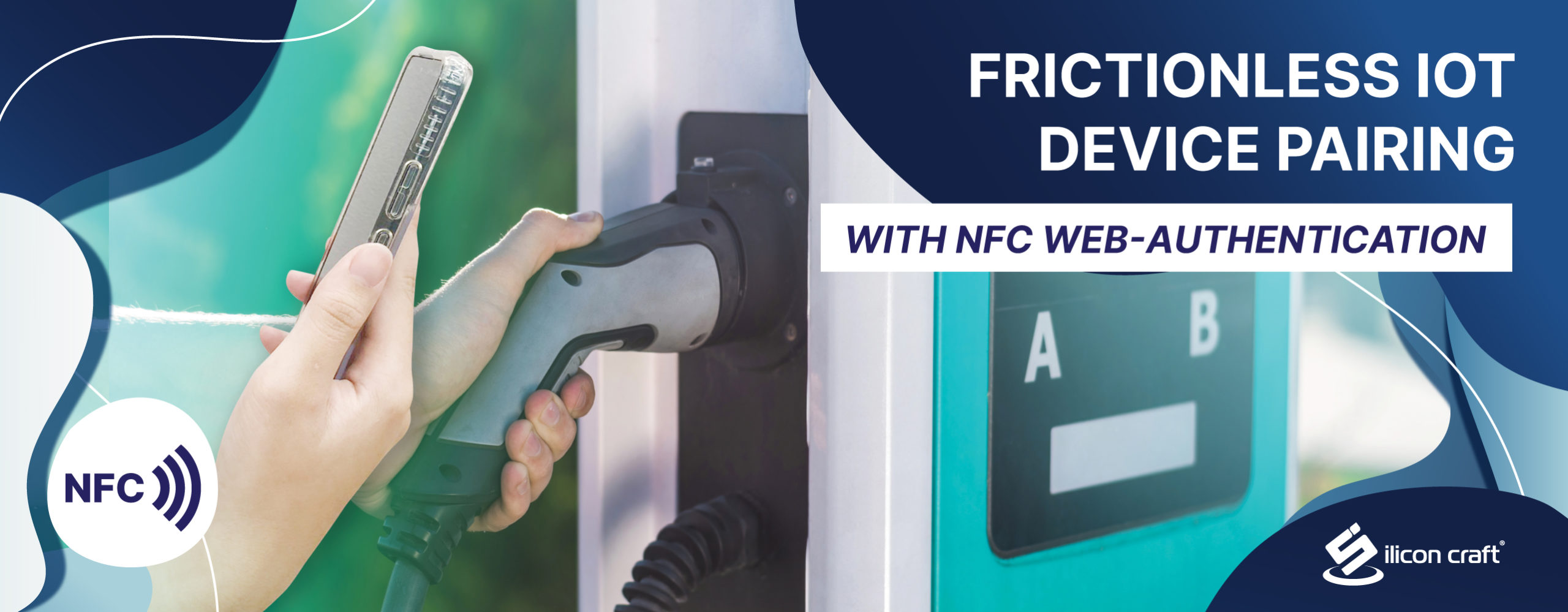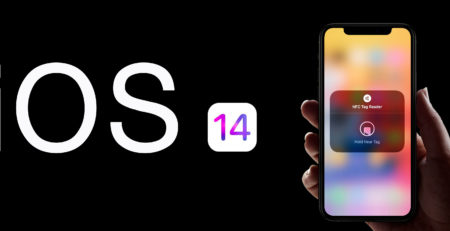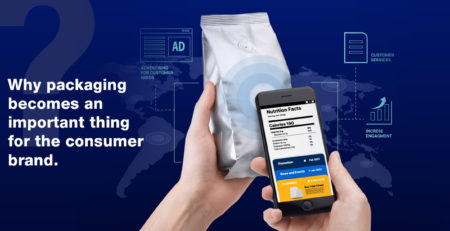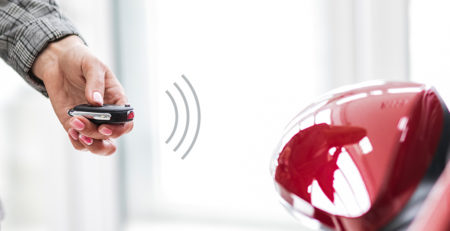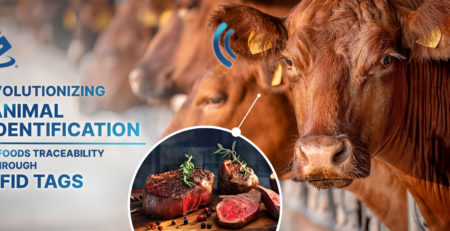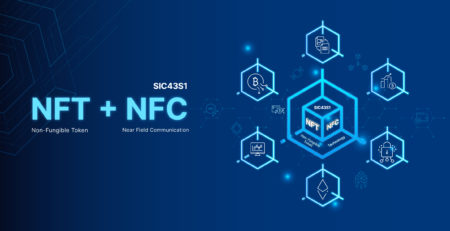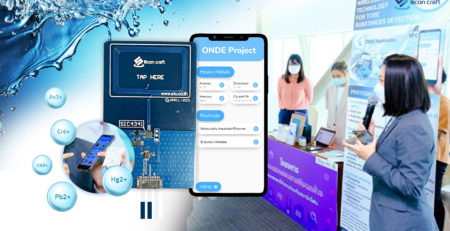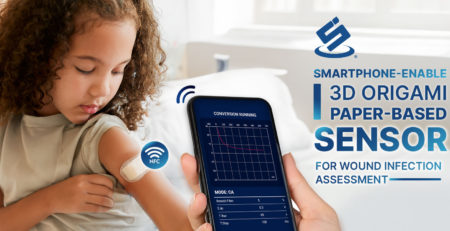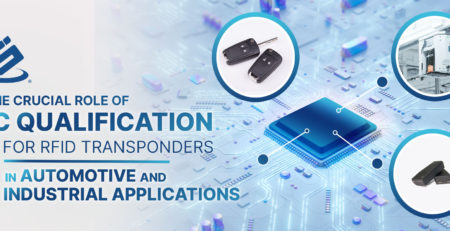Frictionless IoT device pairing with NFC web-authentication
Recent IoT devices used in public areas (e.g., EV charging stations, laundromats, or shared electric scooters) leverage the ubiquity of mobile devices by ditching graphic-rich displays and transferring user interface to mobile phones via internet connection. Some are equipped with tiny dot matrix screens or segmented displays. Some might be headless units (no GUI or Monitor). To use these IoTs, typically, the user needs to identify the device they are interacting with e.g., enter the device ID, scan a QR code or read an NFC tag. After the backend cloud service successfully matches the mobile device and endpoint IoT device, users can start to control and monitor the device via their mobile phone.
Due to familiarity with the interaction, many developers choose QR codes as an option for IoT device identification. However, QR is not the silver bullet for mobile devices to IoT paring due to many reasons.
Zero effort of duplication
QR code is a printed media that could be copied easily. Users can take pictures of those QR code images and may keep them to use for any purpose. Moreover, duplication of QR codes due to human error during installation or maintenance could be possible as well.
Location access requirement
Due to the nature of QR code can be easily copied. Developers usually use QR code in conjunction with the location of IoT devices which should be nearby the mobile device. However, in case of multiple IoT devices is placed in proximity, accessing user location is virtually useless and user have to lose their privacy without any benefit.
App installation barrier
As the issues mentioned earlier, the integrity of QR code and device location are in concerns, so developers usually demand users to install mobile app to scan QR code and access user’s location instead of using web app. Therefore, users need to download and install the application before first use. This is a common barrier for the first-time user.
Multi-platform mobile application development
In recent years, mobile devices can be divided into two major platforms, iOS, and Android. From this reason, developers need double effort to deliver their mobile applications in both platforms. Even now there are tools to reduce redundant work like cross-platform application development. Developers still need some effort publishing the app to both marketplace and keep tracking the problems separately.
Environment factors
- In poor light conditions, a user may face difficulty scanning the QR code.
- QR code media may deteriorate or fade away over time from UV exposure.
The hypergrowth of contactless payment technology during the pandemic also drove the expansion of NFC adoption on mobile phones. Recent iPhones and many Android phones are now equipped with NFC feature. In the area of IoT devices in public spaces, some players in micromobility have started deploying NFC features to their e-scooters e.g. Voi Voiager V4 is equipped with NFC readers for integration with contactless public transportation cards.
NFC does not exist for payment or reader mode only. In fact, NFC tag is also ready for modern intuitive applications. The recent NFC tag is not just a media carrying short digital content, it contains small computational power to provide secure messages and ensure the authenticity of the data generation. This will open the door of secure web authentication without any application.
Compared with QR codes, NFC tags provide many distinctive features.
For examples
- Developers can ensure that the customer is in reach of target IoT device by only verifying the authenticity of the tag via dynamic ULR generated in real-time for each tap. There is no need to develop mobile applications to access the user location.
- As a consequence of the absence of mobile apps, developers can focus at web authentication scenario and reduce engineering effort to develop and maintain multiple platform application. Moreover, increasing purchasing opportunities of first-time users because there is zero waiting time to download and install mobile app.
- Successfully tapping the NFC tag barely depends on external factors. Light condition is nearly irrelevant and data retention is well verified by NFC manufacturers.

Summary
NFC tag with web authentication is a perfect couple for public IoT paring applications. It enables secure communication with just a single tap and makes the journey of first-time customers frictionless. Developers can also off-load efforts to maintain a dual-app platform and laser-focus on web applications. Silicon Craft Technologies, as a leading company in the global RFID industry, provides the building block of this technology by providing SIC43NT, NFC tag IC with dynamic NDEF, and SIC43S1, NFC Tag with dynamic NDEF and mutual authentication. This innovative NFC tag smoothly conveys existing customers or first-time-user to access IoT devices with trust via authentication in just a second.

